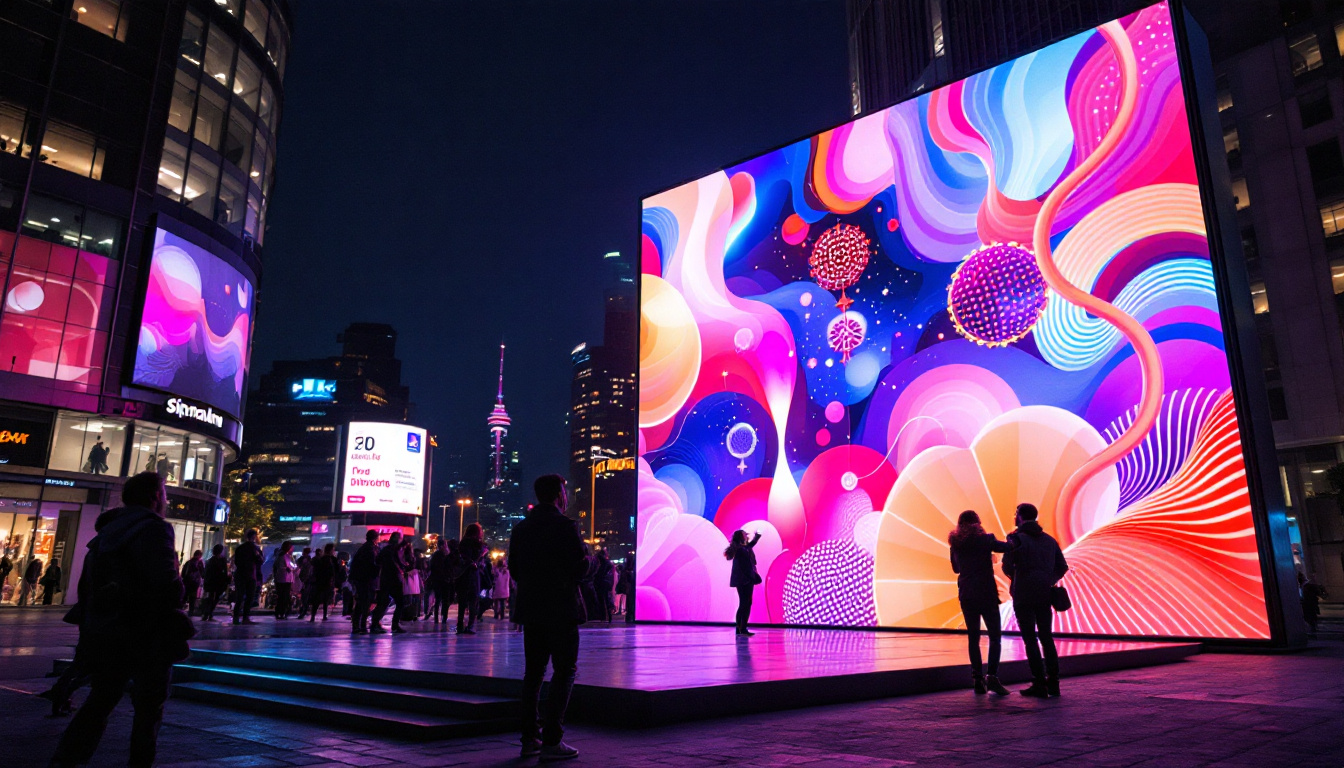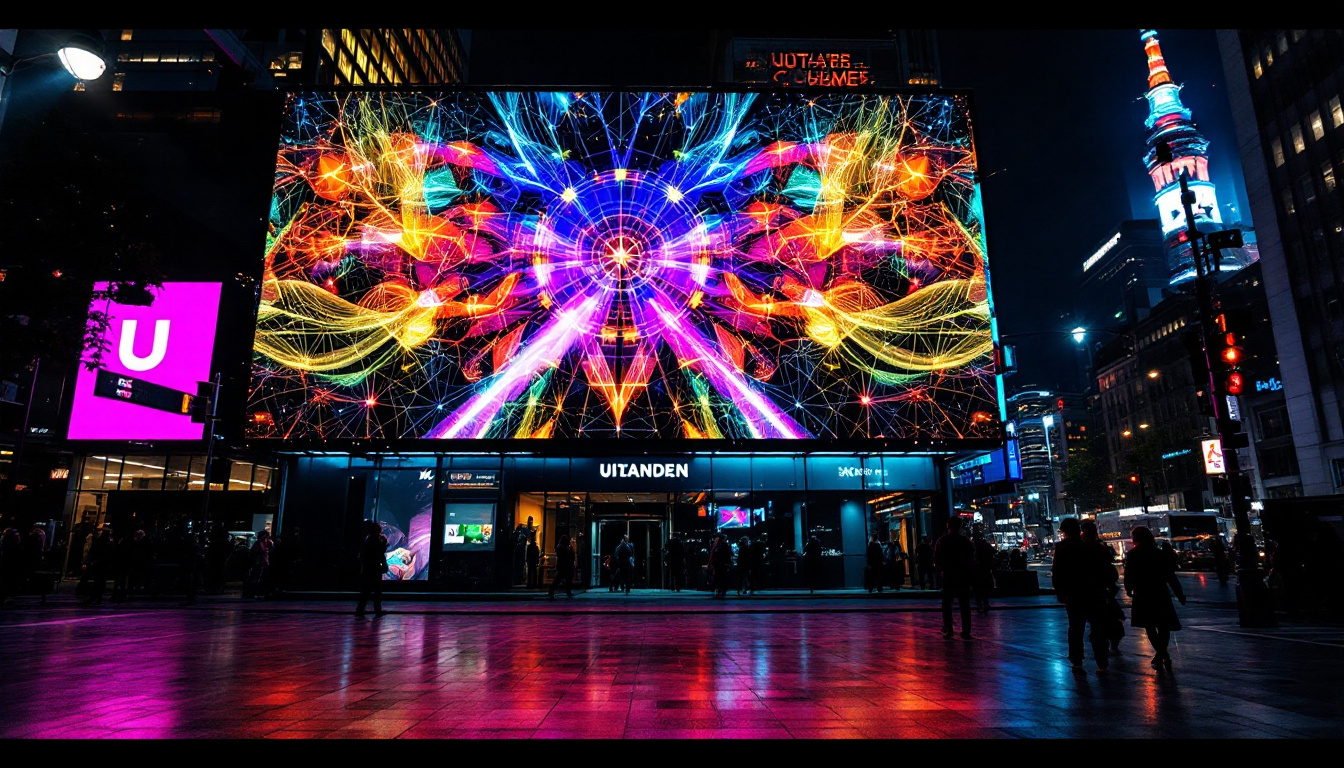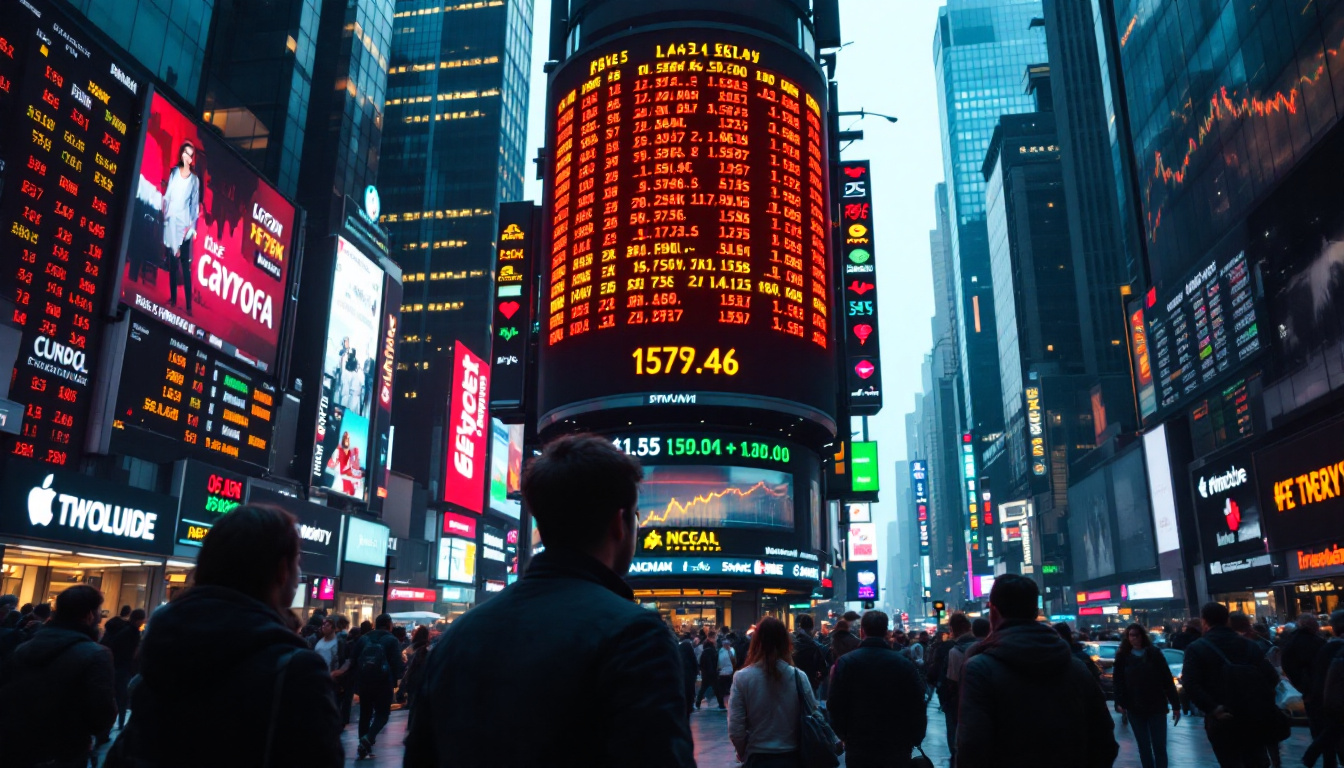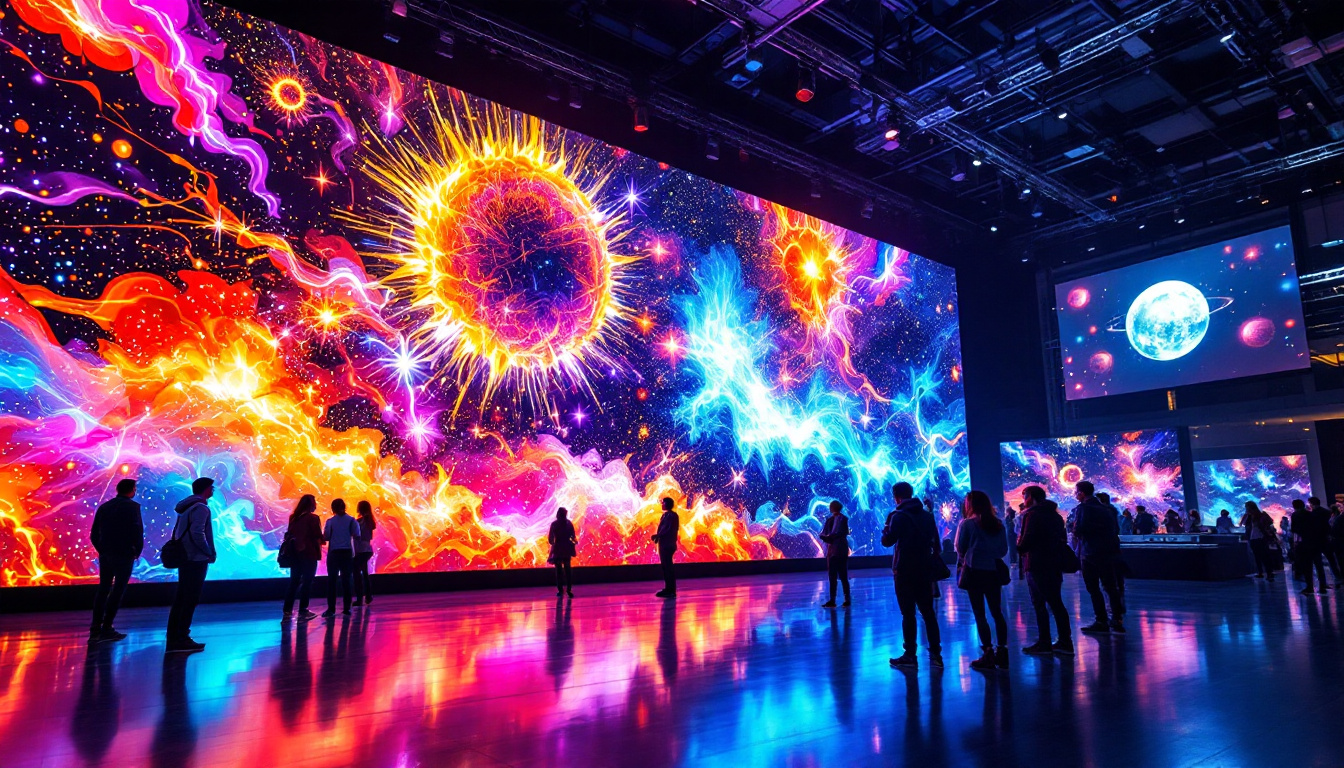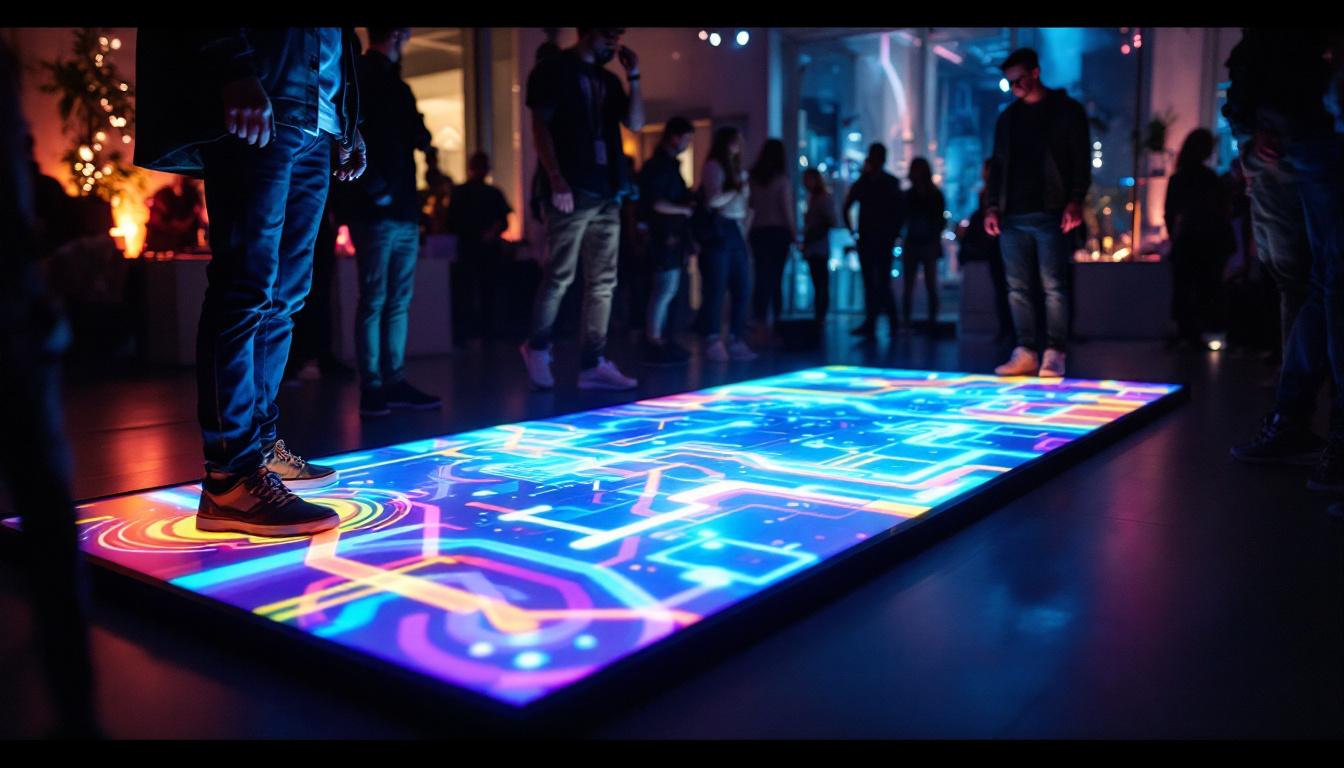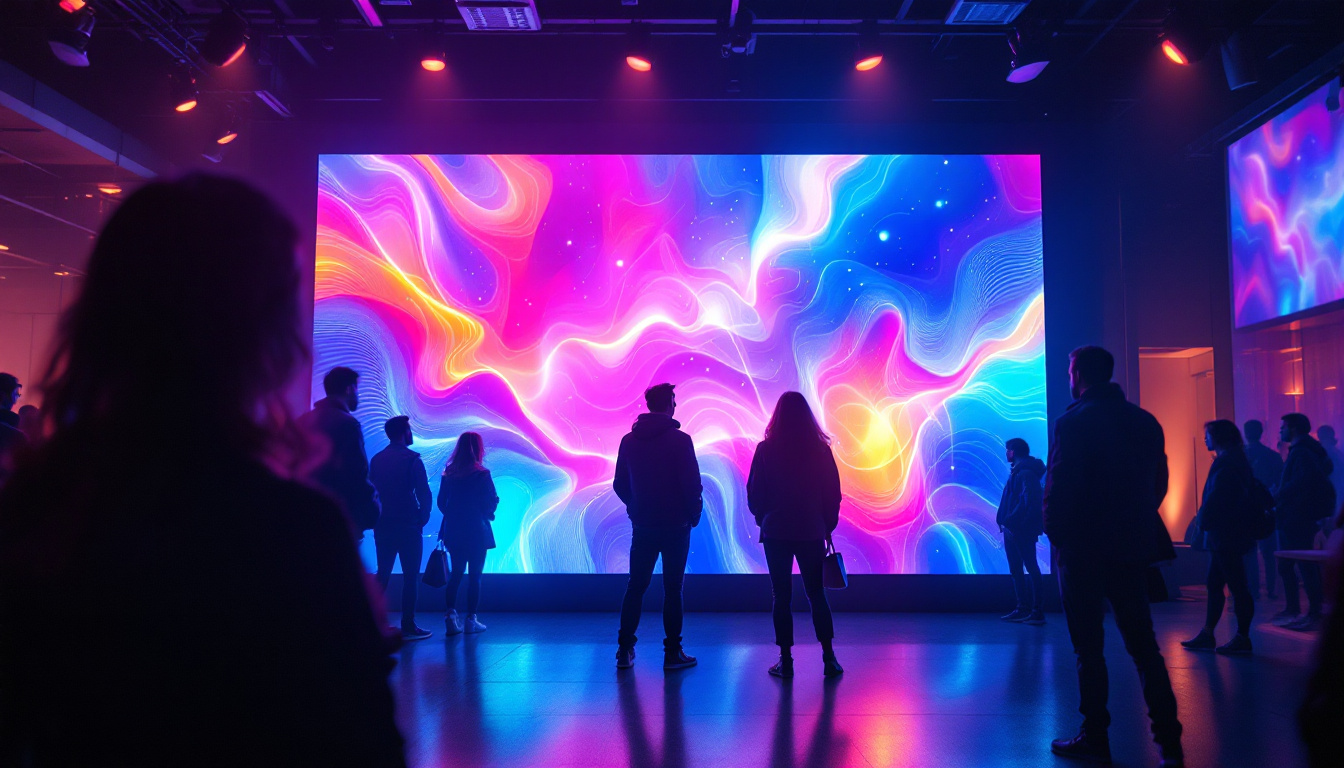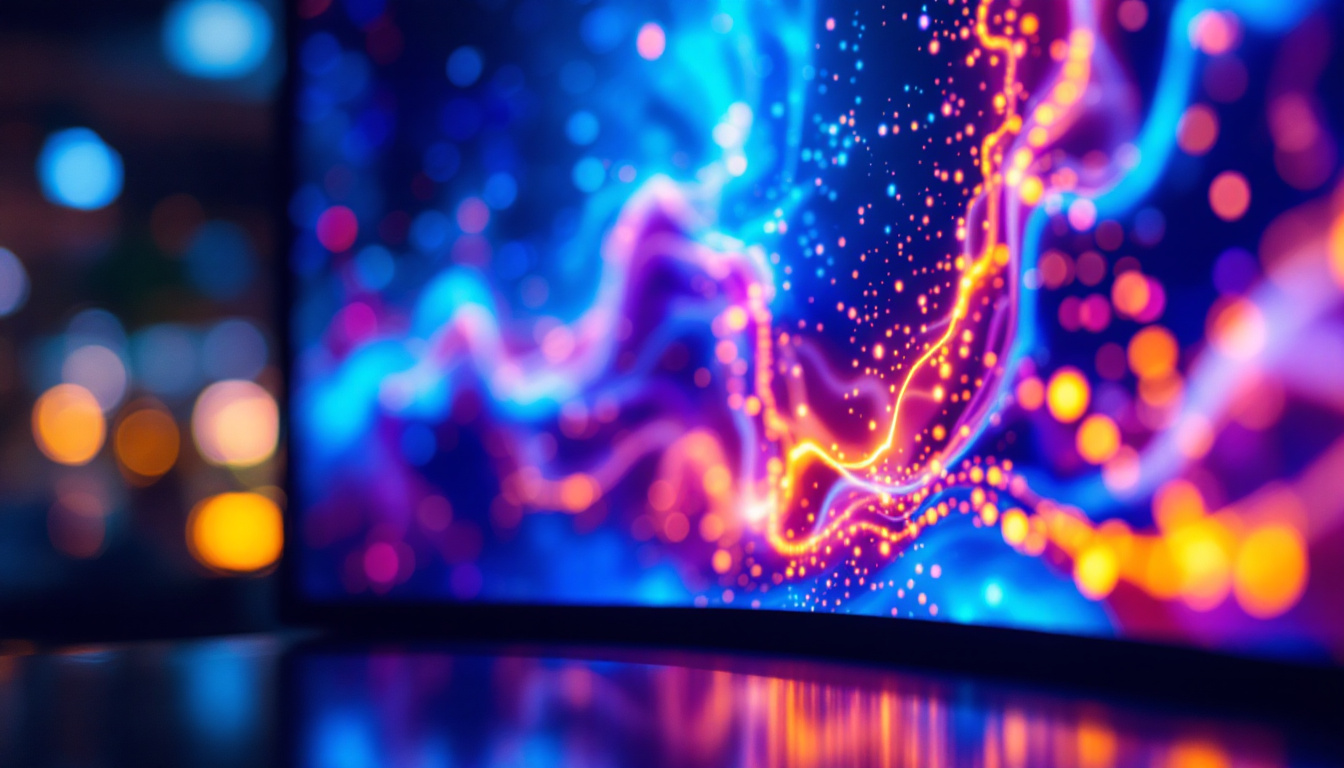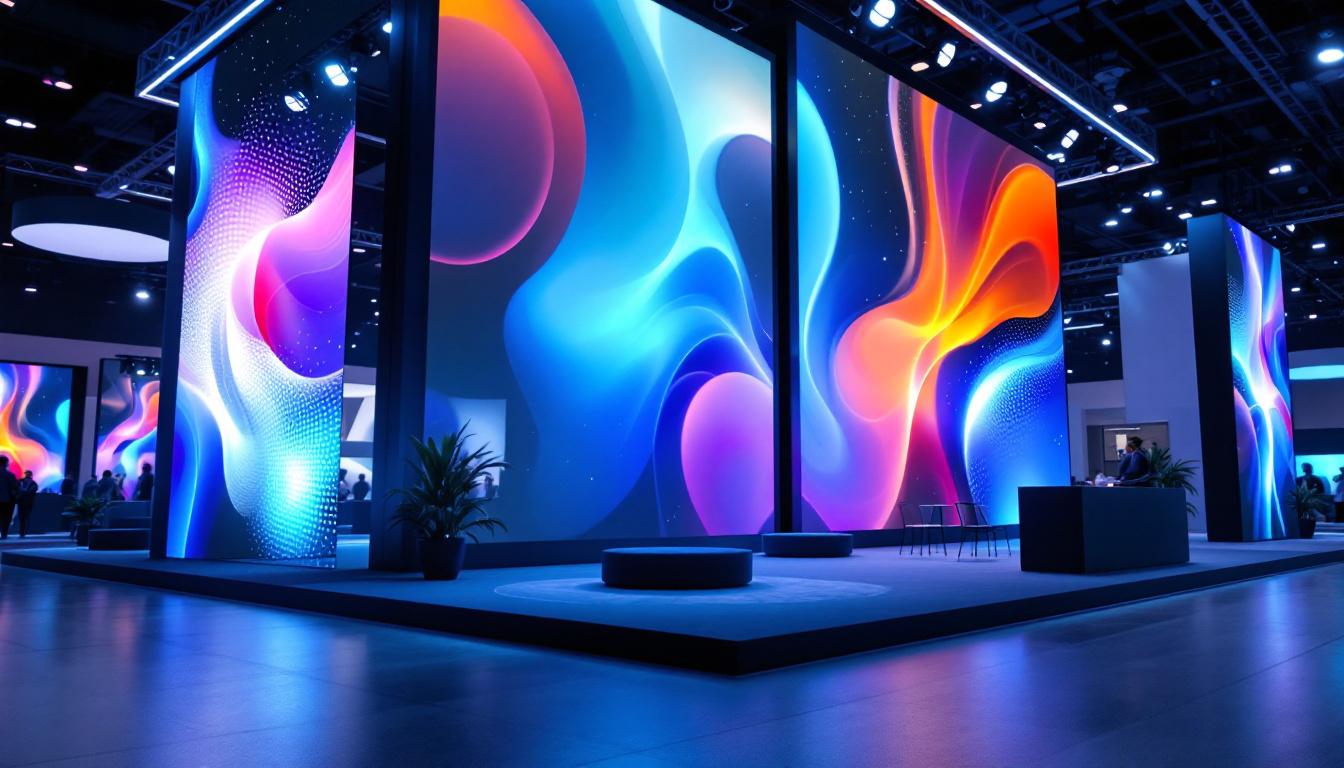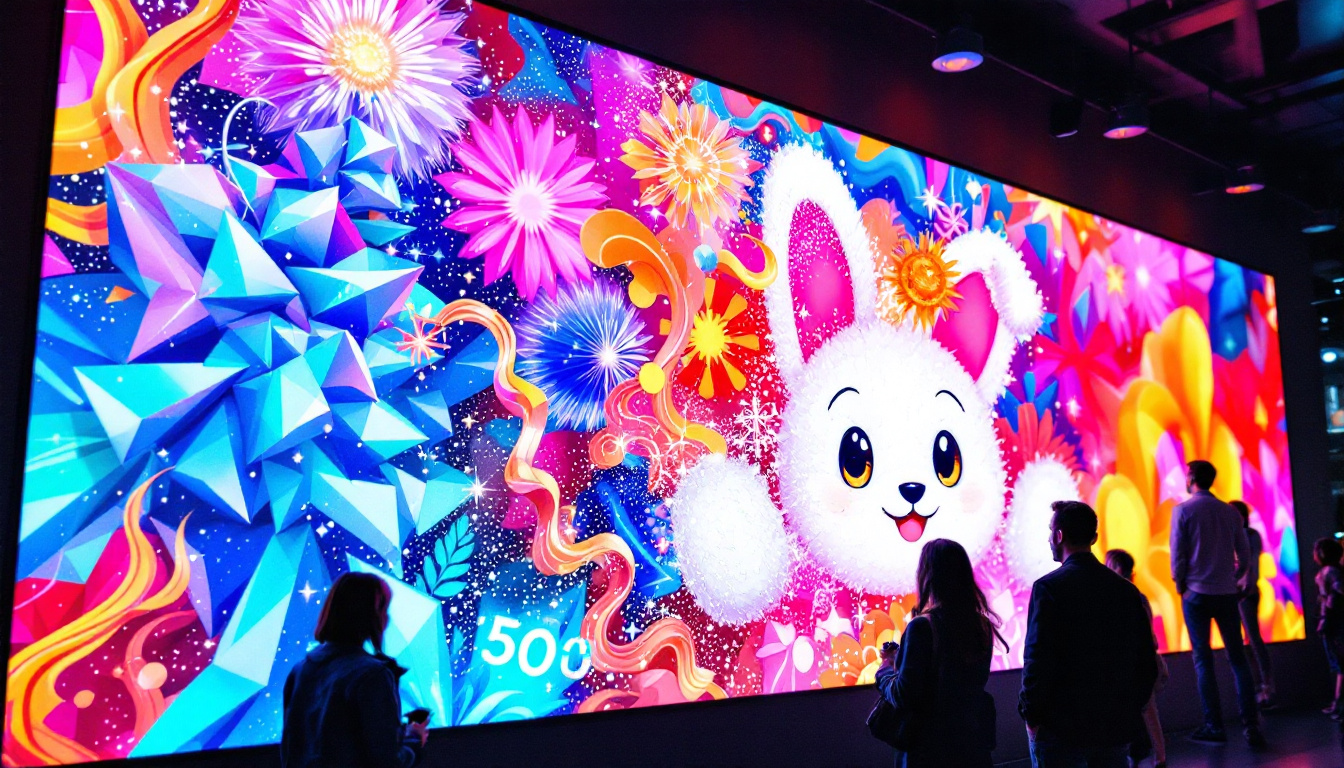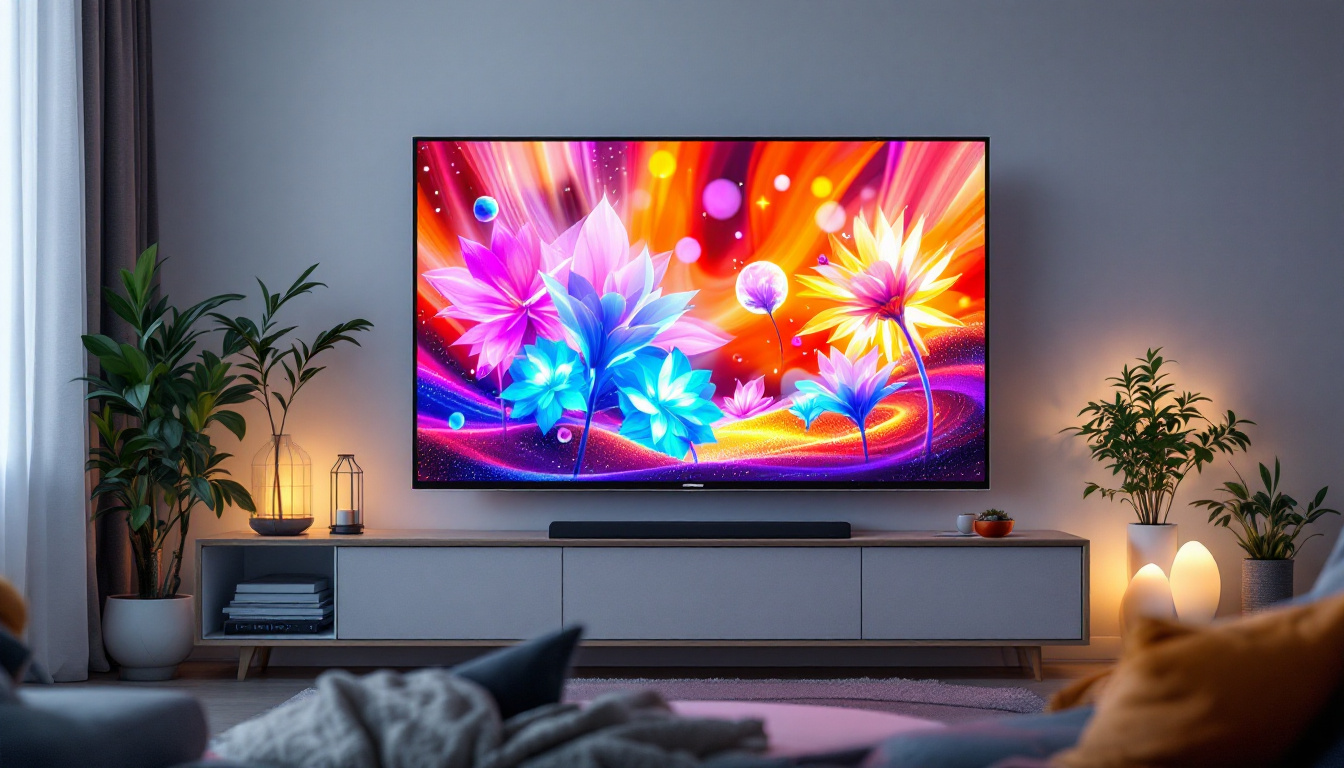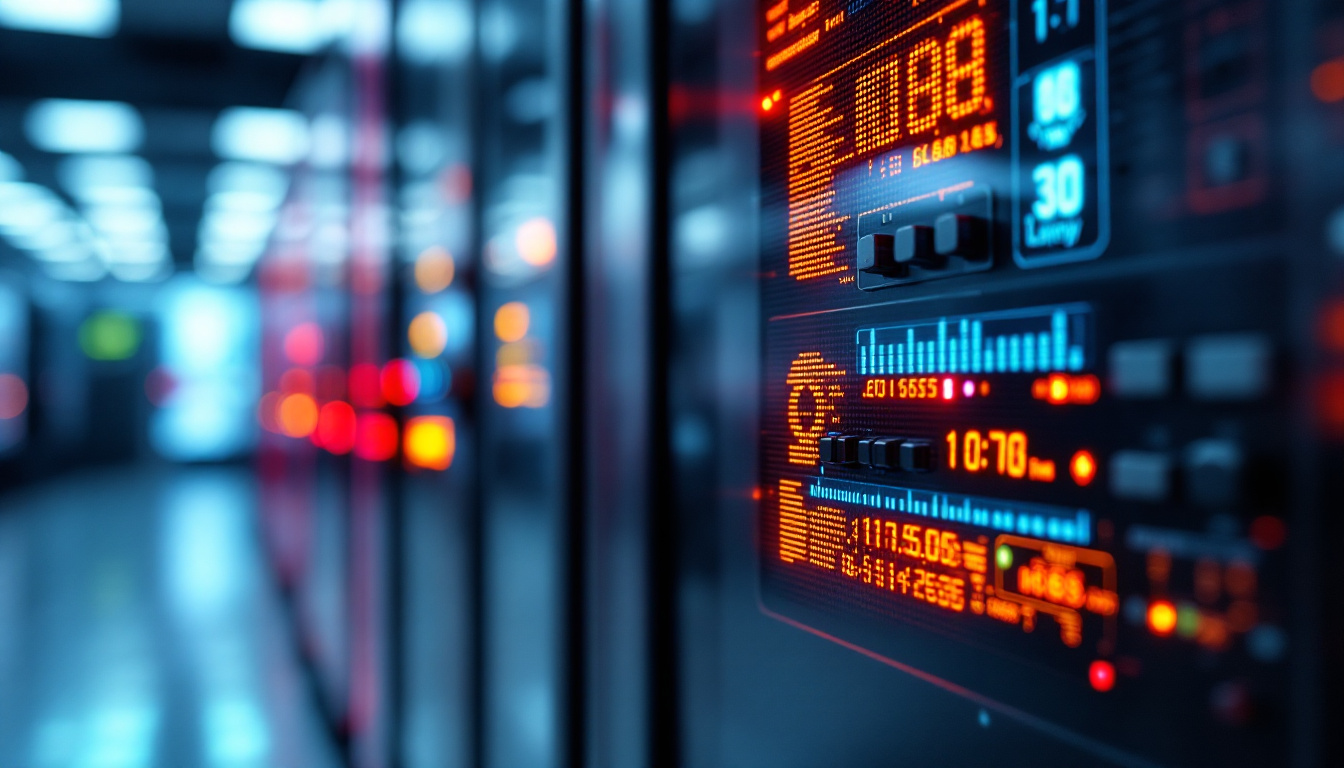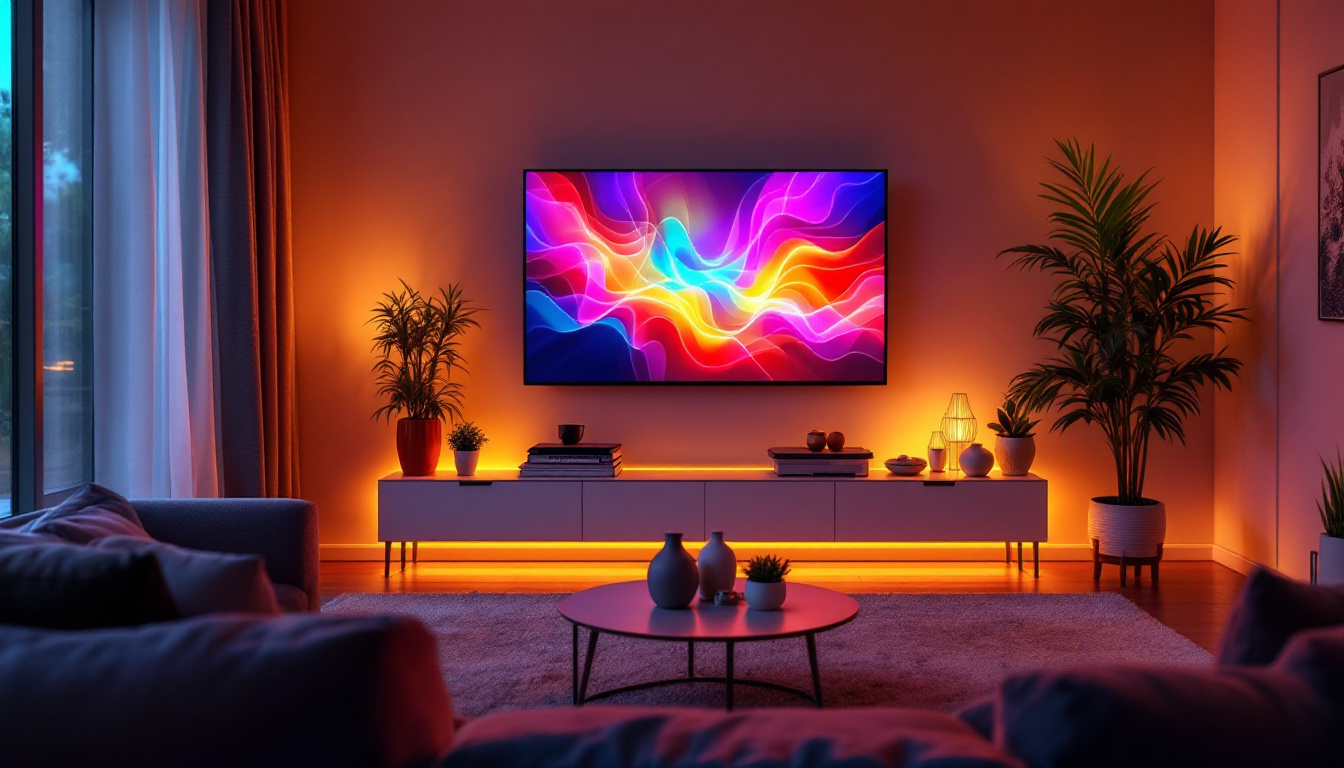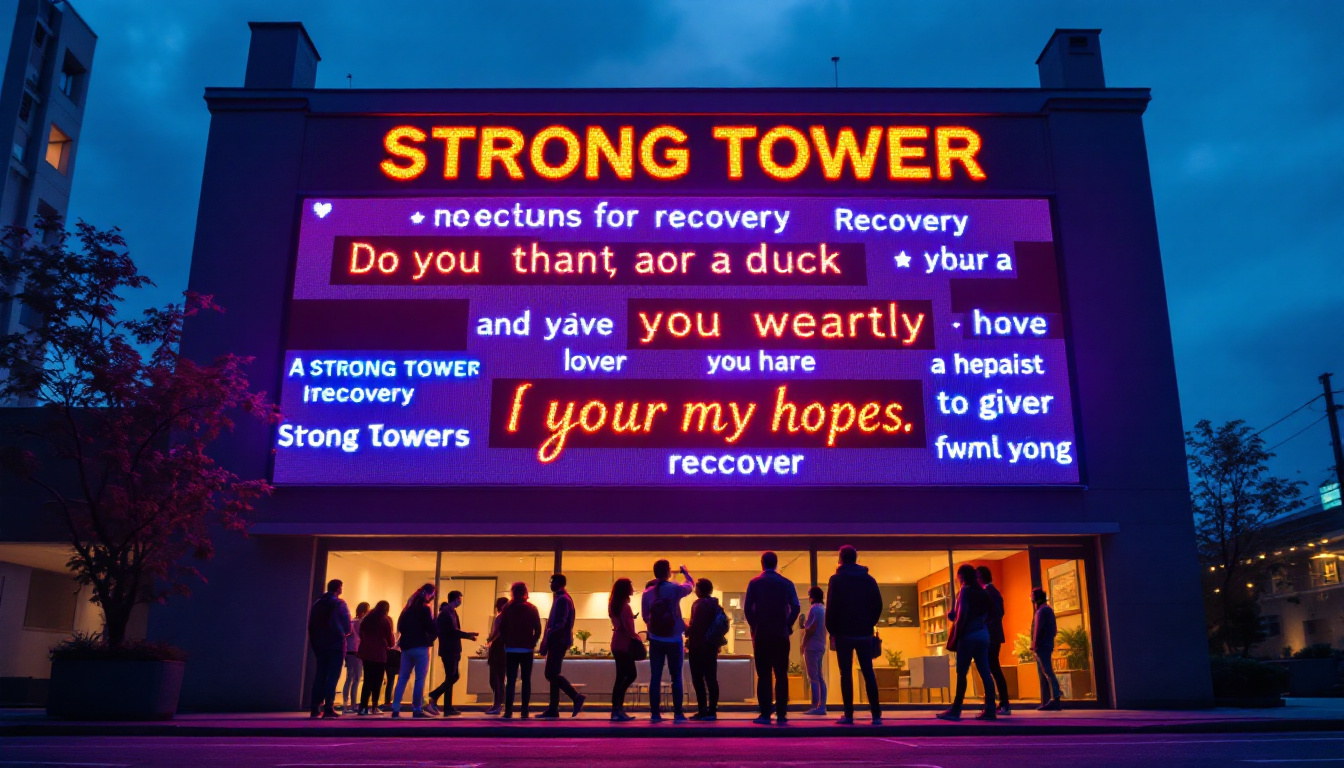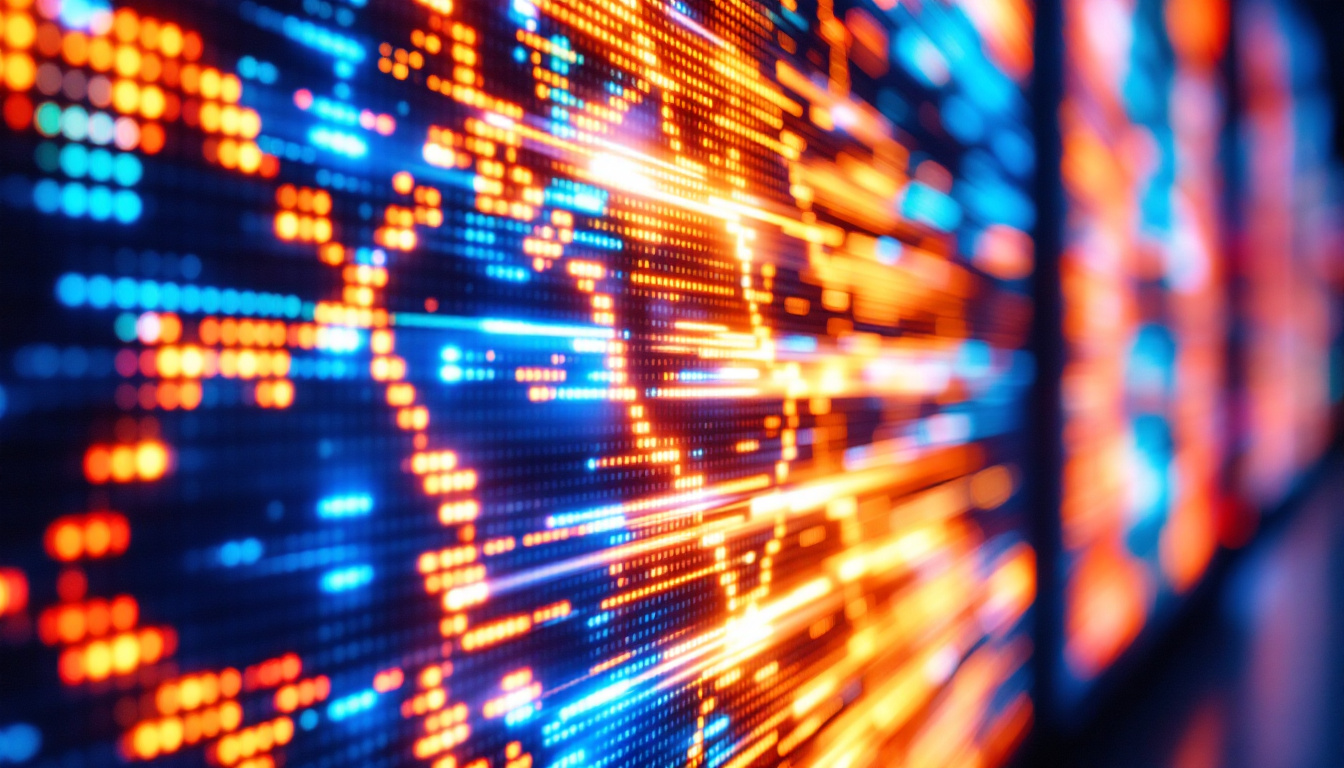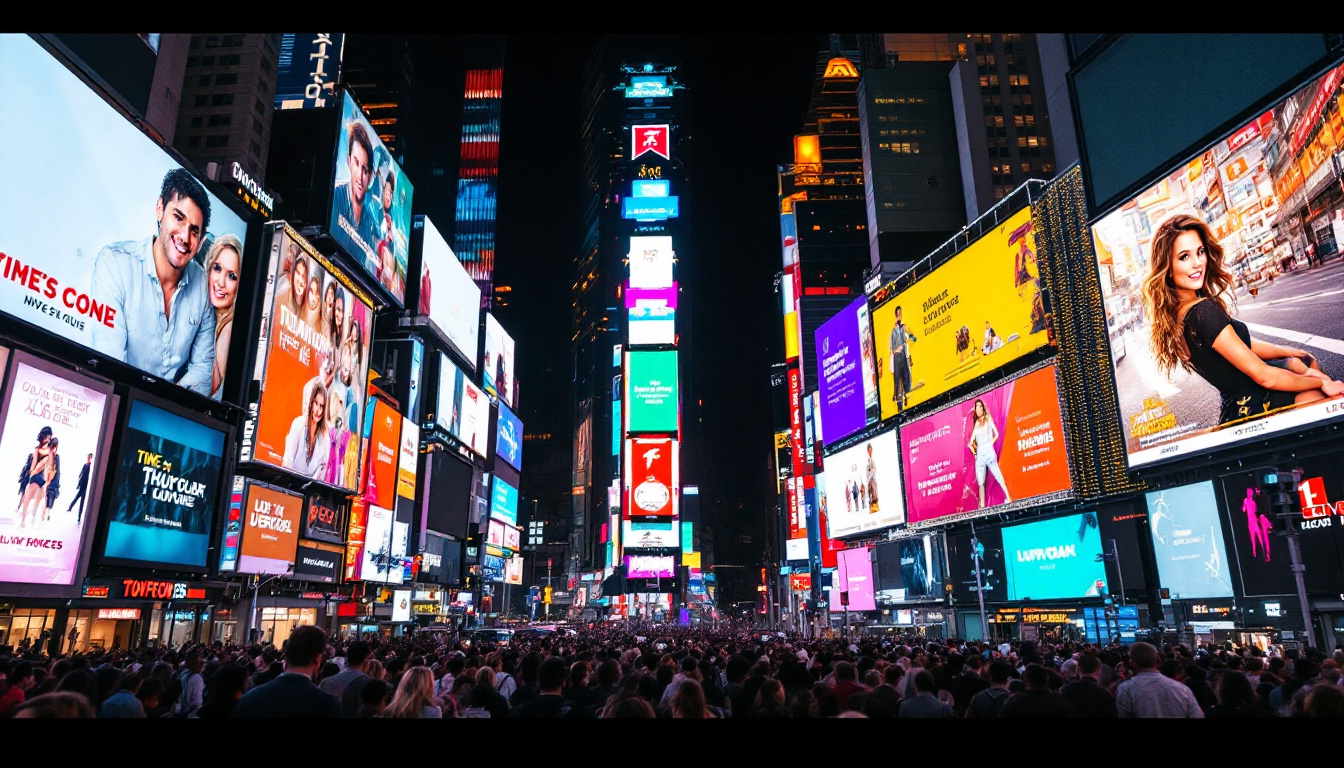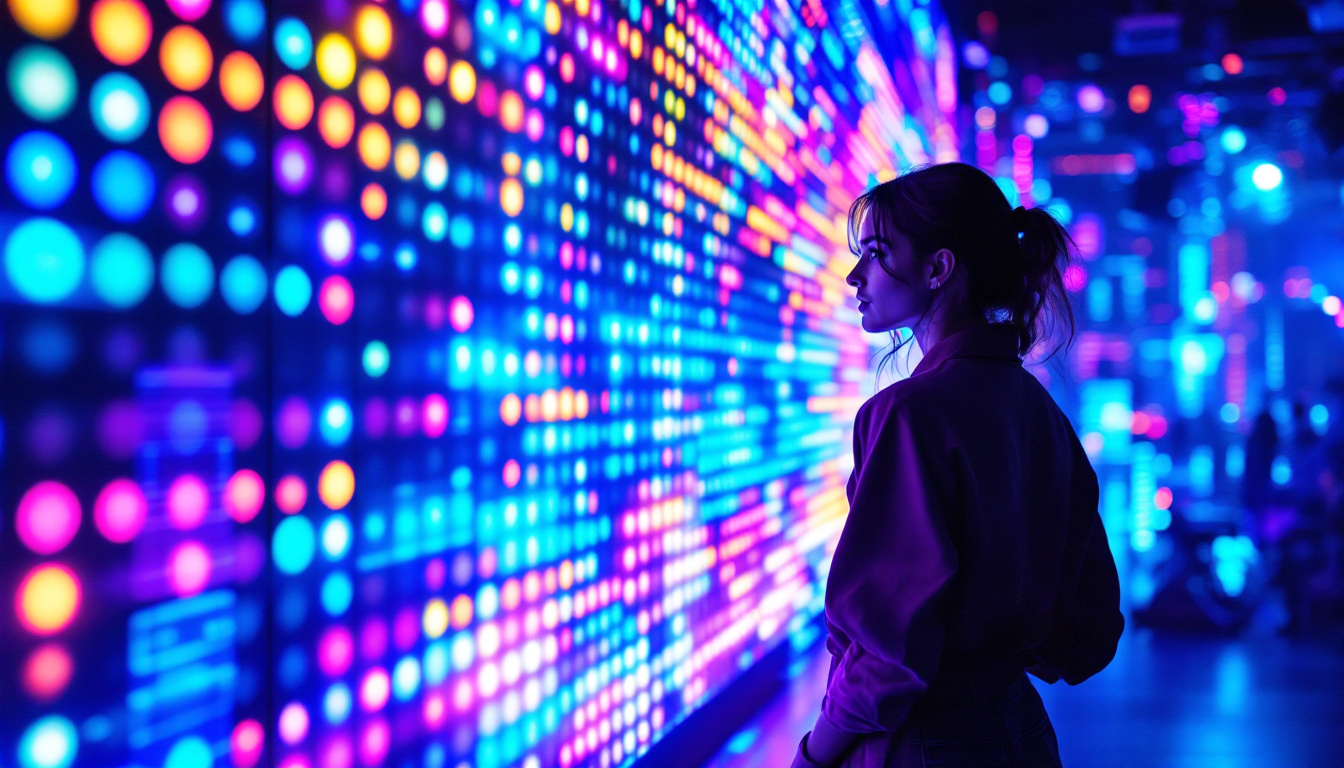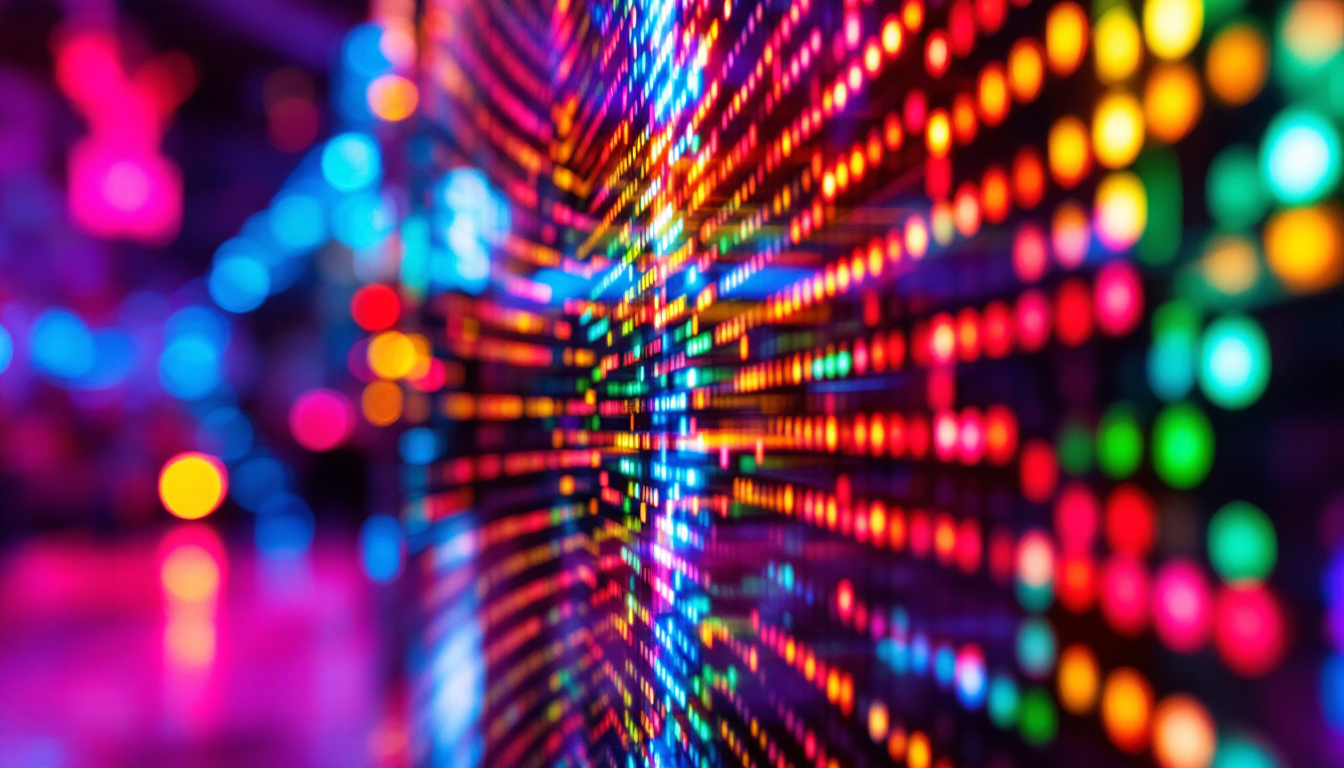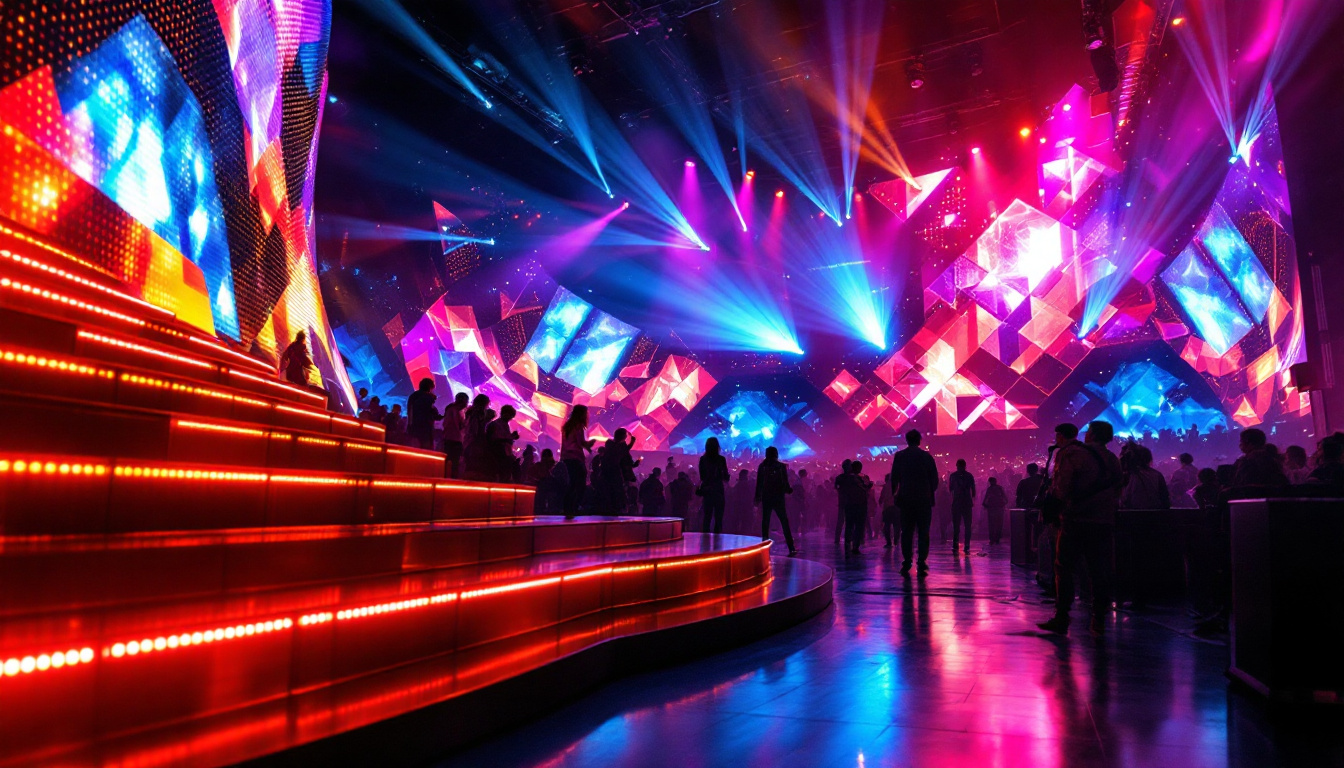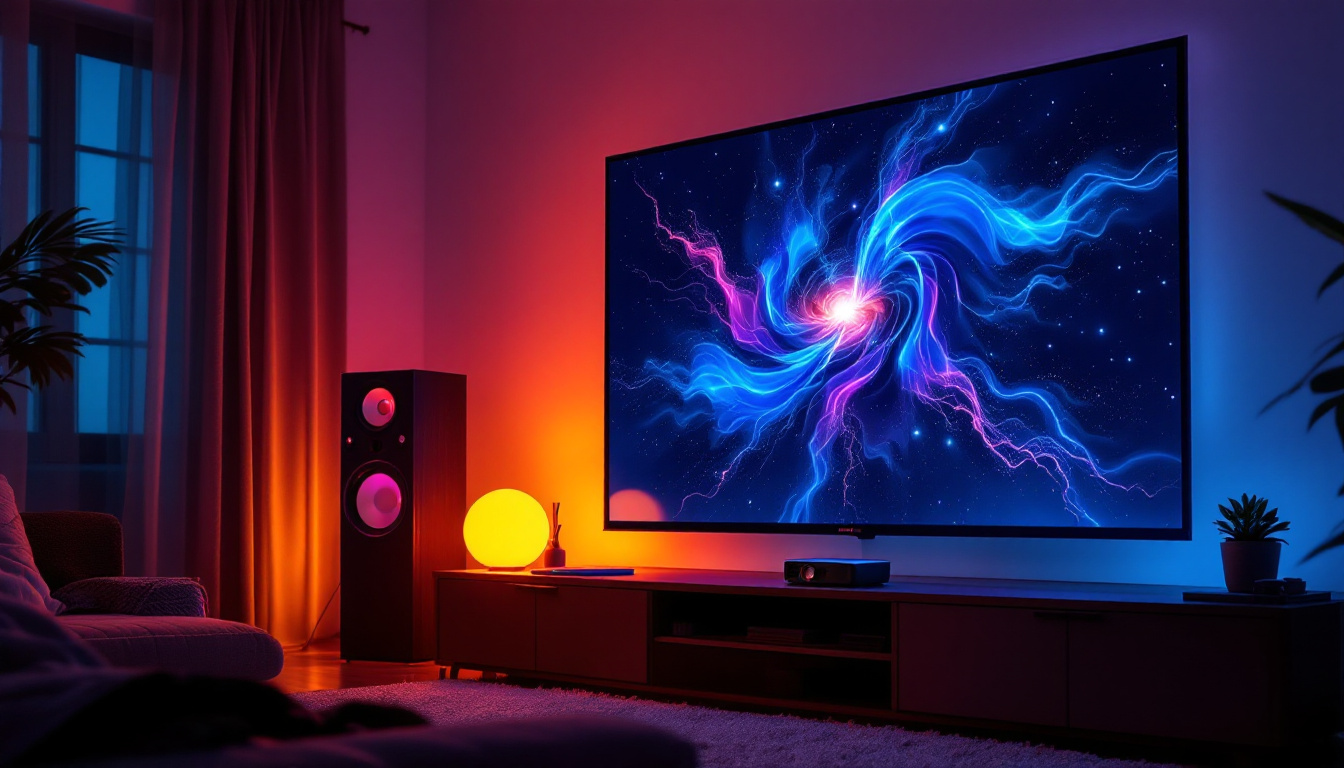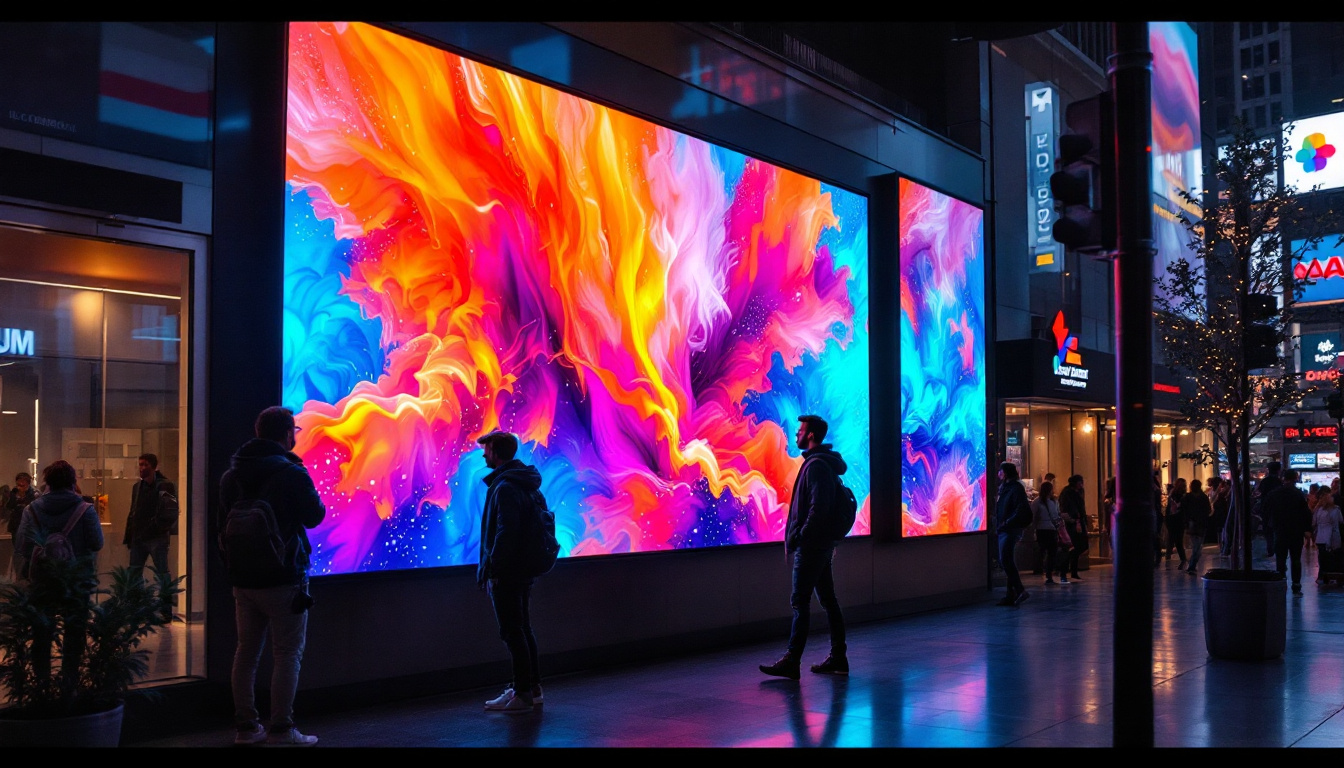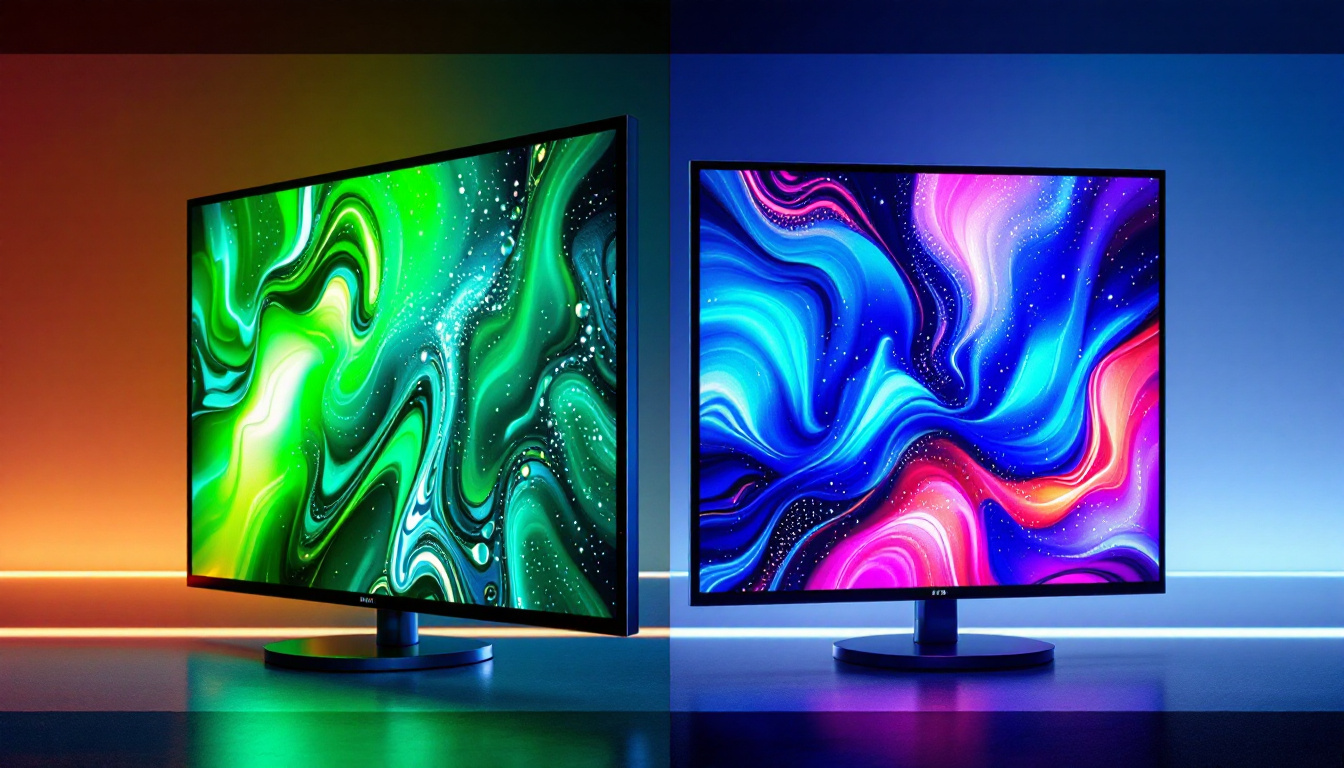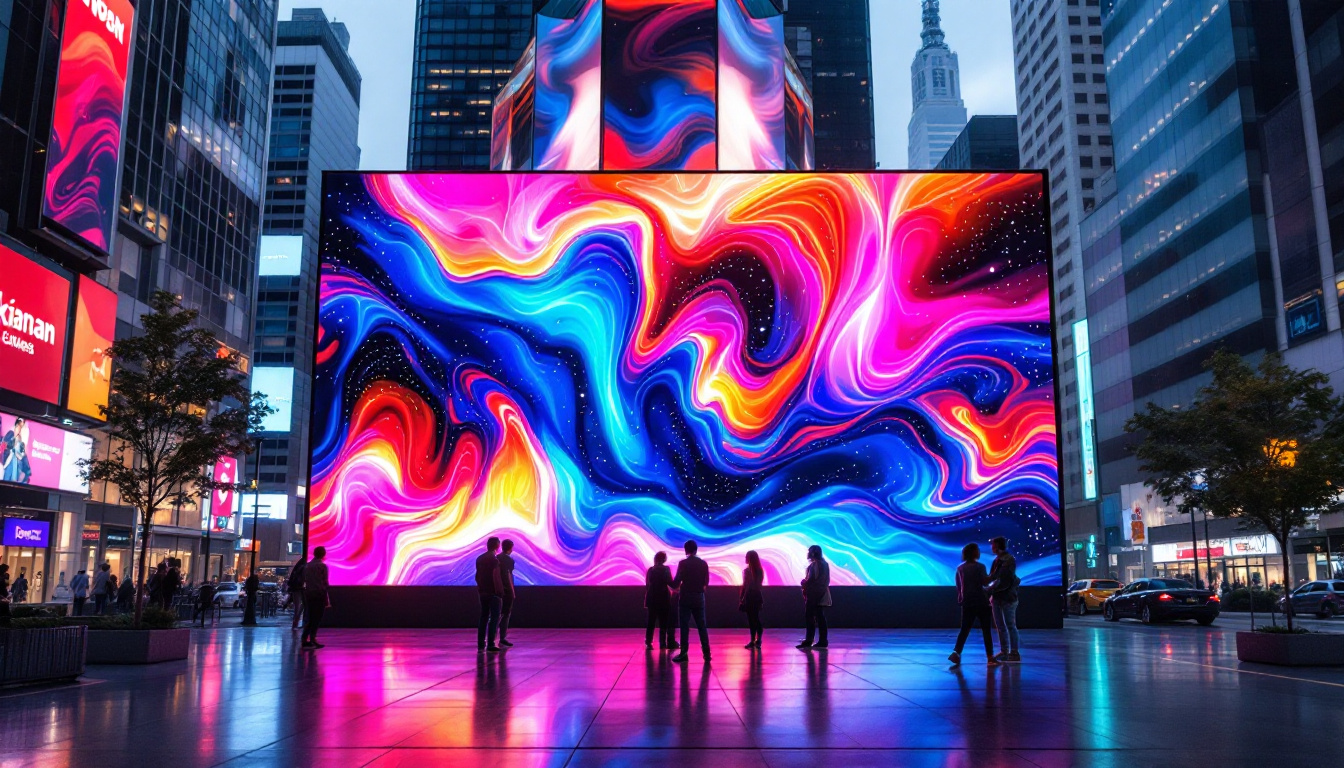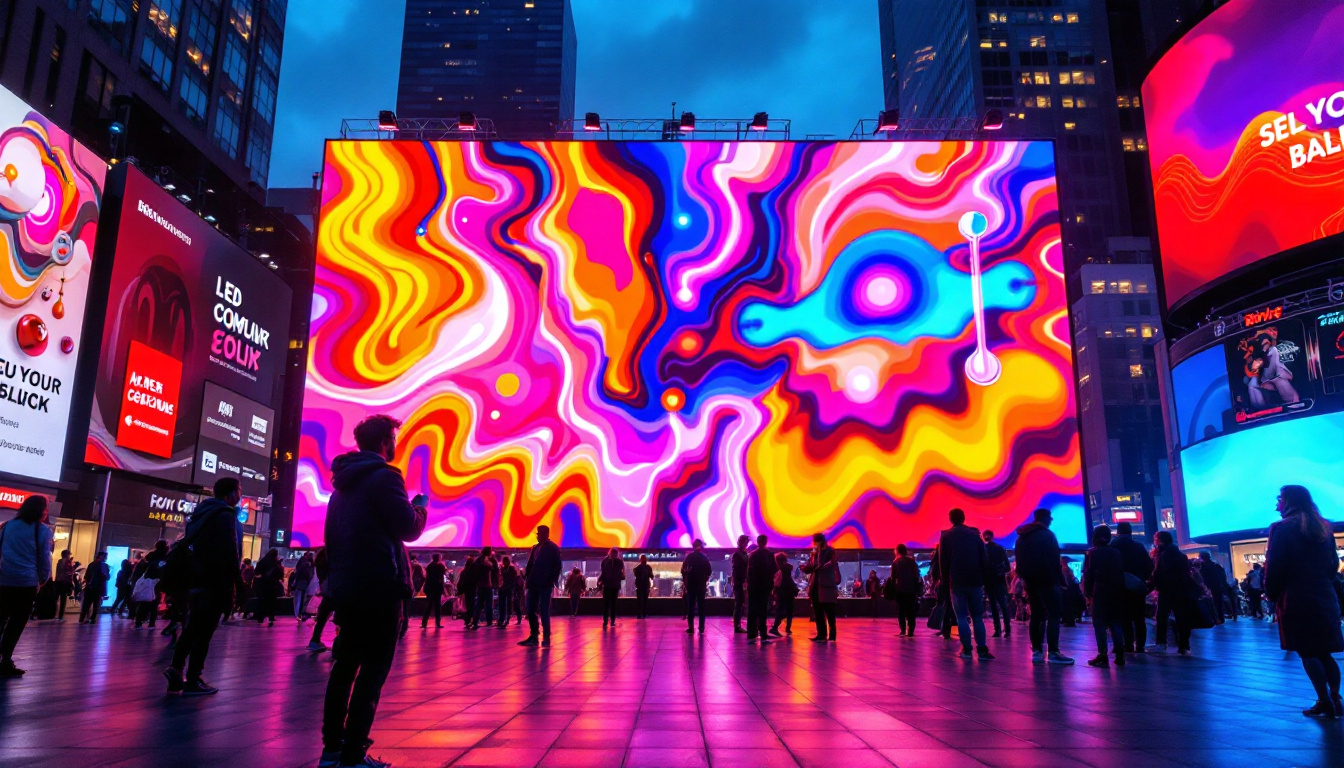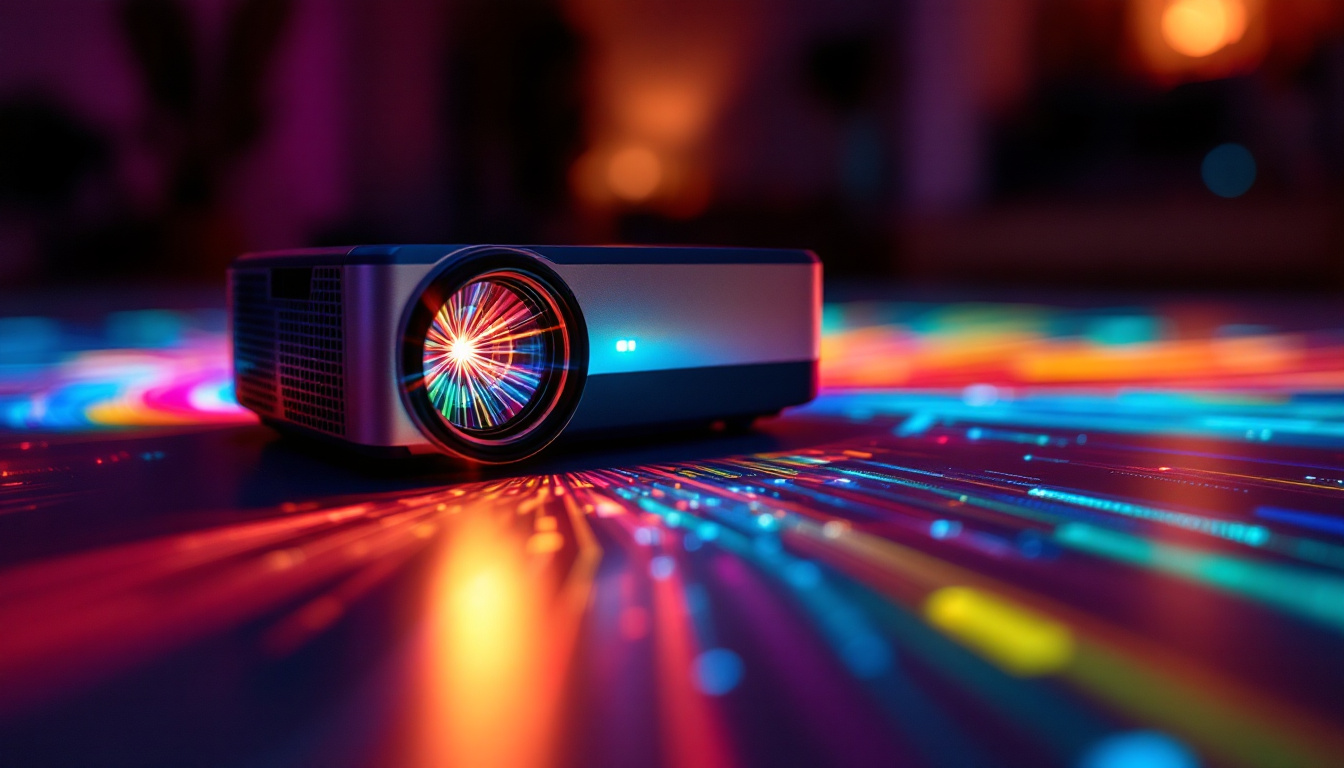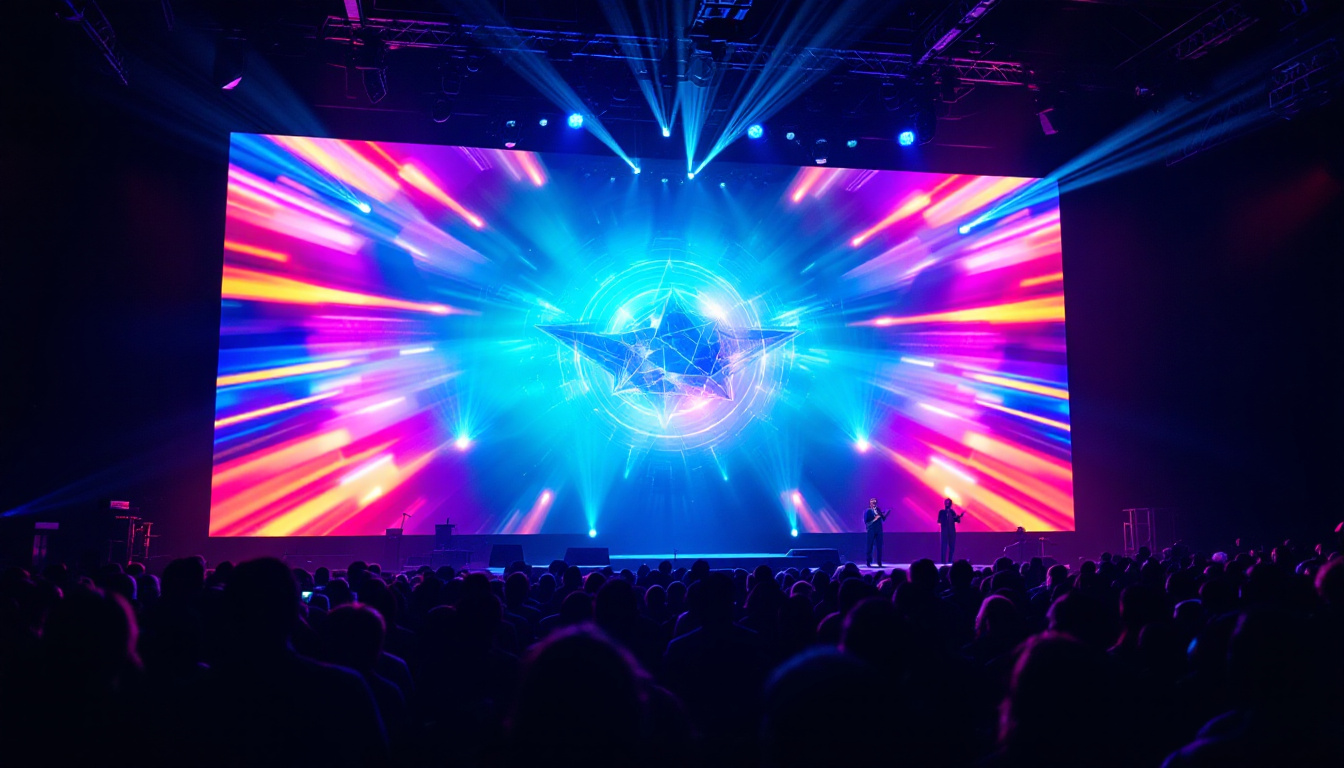In today’s digital age, the way information is displayed has evolved dramatically. Among the most significant advancements are LED displays, which have transformed the landscape of advertising, entertainment, and information dissemination. This article delves into the intricacies of LED displays, exploring their technology, applications, and future potential.
Understanding LED Technology
Light Emitting Diodes (LEDs) are semiconductor devices that emit light when an electric current passes through them. This technology has become the backbone of modern display systems, offering a myriad of advantages over traditional display technologies. The rise of LED technology has not only transformed how we view images and videos but has also led to significant advancements in energy efficiency and longevity compared to older lighting methods.
The Basics of LED Functionality
At its core, an LED is composed of a chip made from a combination of materials, typically gallium arsenide or gallium phosphide. When electricity flows through the chip, electrons recombine with holes, releasing energy in the form of photons, which we perceive as light. This process is efficient and allows for a wide range of colors, making LEDs versatile for various applications. The ability to produce light without generating excessive heat is another key advantage, allowing for safer and more compact designs in consumer electronics.
Types of LED Displays
LED displays come in several types, each suited for different environments and purposes. The most common types include:
- Direct View LED (DVLED): These displays consist of individual LED modules that create images directly. They are often used for large outdoor billboards and indoor screens, providing high brightness and visibility even in direct sunlight.
- LED-backlit LCD: These displays use LED lights to illuminate an LCD panel. They are commonly found in televisions and computer monitors, offering improved brightness and energy efficiency. The introduction of local dimming technology in LED-backlit LCDs has further enhanced contrast ratios, making images appear more lifelike.
- Organic LED (OLED): OLED displays utilize organic compounds to emit light. They are known for their vibrant colors and deep blacks, making them popular in high-end televisions and smartphones. The flexibility of OLED technology also allows for innovative designs, such as curved screens and ultra-thin displays that can be integrated into various environments.
In addition to these types, there is also the emerging MicroLED technology, which combines the benefits of OLED and traditional LEDs. MicroLEDs consist of tiny, self-emissive pixels that can produce their own light, resulting in exceptional brightness and color accuracy. This technology promises to revolutionize display quality, especially in large format screens, by eliminating the need for backlighting and allowing for even thinner and more energy-efficient designs.
Furthermore, the application of LED technology extends beyond displays. LEDs are increasingly being used in architectural lighting, automotive headlights, and horticulture, where they provide tailored light spectra for optimal plant growth. This versatility highlights the far-reaching impact of LED technology across various industries, driving innovation and sustainability in lighting solutions.
Applications of LED Displays
LED displays have found their way into numerous sectors, revolutionizing how information is conveyed and experienced. Their versatility and adaptability make them ideal for various applications.
Advertising and Marketing
One of the most prominent uses of LED displays is in advertising. Billboards, digital signage, and storefront displays leverage the bright, eye-catching nature of LEDs to attract consumers. dynamic content can be displayed, allowing for real-time updates and targeted advertising based on time, weather, or audience demographics. This capability not only enhances the effectiveness of marketing campaigns but also allows businesses to engage with their customers in innovative ways. For instance, a clothing store can showcase a flash sale during a rainy day, enticing shoppers with discounts on raincoats and umbrellas, thus maximizing sales opportunities.
Entertainment and Events
In the entertainment industry, LED displays have become a staple at concerts, festivals, and sporting events. Large-scale LED screens enhance the audience experience by providing vibrant visuals, live feeds, and interactive elements. The ability to create immersive environments with LED technology has transformed how performances are presented. Beyond concerts, LED displays are also utilized in theatrical productions and art installations, where they can create stunning backdrops and visual effects that complement the narrative. The integration of synchronized lighting and sound with LED visuals can elevate the overall atmosphere, making events more memorable and engaging for attendees.
Information Systems
LED displays are also prevalent in information systems, such as transportation hubs, airports, and public spaces. They provide real-time updates on schedules, directions, and announcements, ensuring that the public is well-informed. The clarity and visibility of LED displays make them ideal for high-traffic areas. In addition to traditional applications, LED technology is increasingly being integrated into smart city initiatives, where they can serve as interactive information points. For example, in urban centers, LED displays can provide citizens with updates on public transportation, local events, and emergency alerts, thereby enhancing community engagement and safety. Furthermore, the energy efficiency of LED technology contributes to sustainability efforts, making them a preferred choice for modern infrastructure development.
Benefits of LED Displays
The advantages of LED displays extend beyond their visual appeal. They offer numerous benefits that make them a preferred choice for many applications.
Energy Efficiency
One of the standout features of LED technology is its energy efficiency. Compared to traditional incandescent or fluorescent lighting, LEDs consume significantly less power while providing the same or greater brightness. This efficiency not only reduces operational costs but also minimizes environmental impact. Moreover, the reduced energy consumption can lead to lower greenhouse gas emissions, contributing to a more sustainable future. As businesses and organizations increasingly prioritize eco-friendly practices, the adoption of LED displays becomes an integral part of their green initiatives.
Longevity and Durability
LED displays are designed to last. With a lifespan often exceeding 50,000 hours, they outlast many other display technologies. This longevity translates to lower maintenance costs and less frequent replacements, making them a cost-effective solution in the long run. Additionally, LEDs are more resistant to shock and vibration, which enhances their durability in various environments. This resilience makes them ideal for outdoor applications, where exposure to the elements can be a concern. In fact, many LED displays are engineered to withstand extreme temperatures and weather conditions, ensuring consistent performance regardless of location.
High-Quality Visuals
LED displays are renowned for their exceptional image quality. They offer high brightness levels, vibrant colors, and sharp contrasts, making them suitable for a wide range of lighting conditions. Whether in direct sunlight or dimly lit environments, LED displays maintain their visual integrity, ensuring that content is always engaging and visible. Furthermore, advancements in LED technology have led to the development of high-definition and ultra-high-definition displays, which provide even more detail and clarity. This capability is particularly beneficial for applications such as advertising, where captivating visuals can significantly enhance viewer engagement and retention.
Versatility in Applications
Another significant advantage of LED displays is their versatility. They can be used in a variety of settings, from large outdoor billboards and stadium screens to indoor retail displays and conference room presentations. This adaptability allows businesses to tailor their messaging and branding strategies to suit different environments and audiences. Additionally, LED displays can be configured in various shapes and sizes, enabling creative installations that can transform any space. Whether it’s a dynamic digital signage solution in a bustling shopping mall or an immersive video wall in a corporate setting, the flexibility of LED technology opens up endless possibilities for innovative communication.
Challenges and Considerations
While LED displays offer numerous advantages, they are not without challenges. Understanding these challenges is essential for making informed decisions when implementing LED technology.
Initial Costs
The initial investment for LED displays can be significant, especially for large-scale installations. While the long-term savings on energy and maintenance can offset these costs, organizations must be prepared for the upfront expenditure. Careful budgeting and planning are crucial to ensure a successful implementation.
Heat Management
LED displays generate heat during operation, which can impact performance and longevity if not managed properly. Effective heat dissipation systems are essential to prevent overheating, especially in large displays. Organizations must consider the environmental conditions and ensure adequate ventilation to maintain optimal performance.
Content Management
Creating and managing content for LED displays requires specialized software and expertise. Organizations must invest in training and resources to ensure that content is engaging, relevant, and updated regularly. A well-planned content strategy is vital to maximize the impact of LED displays.
The Future of LED Displays
The future of LED technology is bright, with ongoing advancements promising even more innovative applications and improvements. As technology continues to evolve, several trends are likely to shape the future of LED displays.
Advancements in Resolution
As consumer demand for higher-quality visuals increases, manufacturers are focusing on improving the resolution of LED displays. The development of microLED and miniLED technologies is paving the way for displays with unprecedented clarity and detail. These advancements will enhance the viewing experience across various applications, from home entertainment to professional displays.
Integration with Smart Technology
The integration of LED displays with smart technology is another trend to watch. As the Internet of Things (IoT) expands, LED displays will increasingly be connected to networks, allowing for real-time data integration, remote management, and interactive capabilities. This connectivity will enable more dynamic content delivery and personalized experiences for users.
Sustainability Initiatives
As environmental concerns grow, the focus on sustainability in LED technology is becoming more pronounced. Manufacturers are exploring eco-friendly materials and production processes to reduce the environmental impact of LED displays. Additionally, recycling programs for old displays are being developed to promote responsible disposal and resource recovery.
Conclusion
LED displays have revolutionized the way information is presented and consumed. Their energy efficiency, longevity, and high-quality visuals make them an ideal choice for a wide range of applications, from advertising to entertainment and information dissemination. While challenges exist, the benefits far outweigh them, and ongoing advancements promise a bright future for LED technology.
As organizations and individuals continue to embrace LED displays, it is crucial to stay informed about the latest trends and developments. By understanding the technology and its applications, stakeholders can make informed decisions that will enhance their communication strategies and engage their audiences effectively.
In an era where visual communication is paramount, turning on the wall with LED displays is not just a trend; it is a transformative movement that is here to stay.
Illuminate Your Space with LumenMatrix
As you consider the transformative power of LED displays, LumenMatrix stands at the forefront of this technology, ready to elevate your visual communication to new heights. With a diverse array of solutions including Indoor and Outdoor LED Wall Displays, Vehicle LED Displays, and more, LumenMatrix is committed to revolutionizing your engagement with audiences. Whether you’re looking to captivate passersby with a vibrant storefront or make a lasting impression in a corporate environment, our LED display modules are designed to deliver unparalleled clarity and impact. Check out LumenMatrix LED Display Solutions today and turn on the wall with an unforgettable visual experience.

